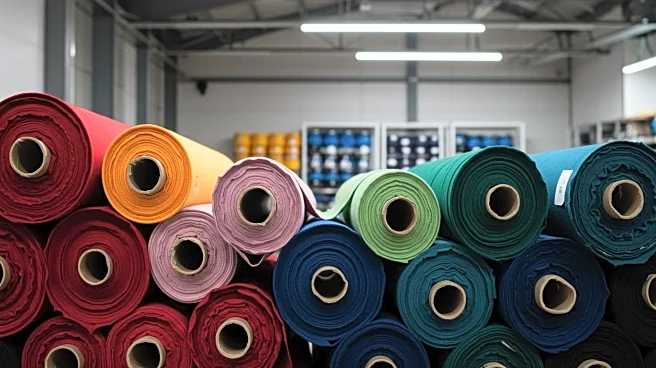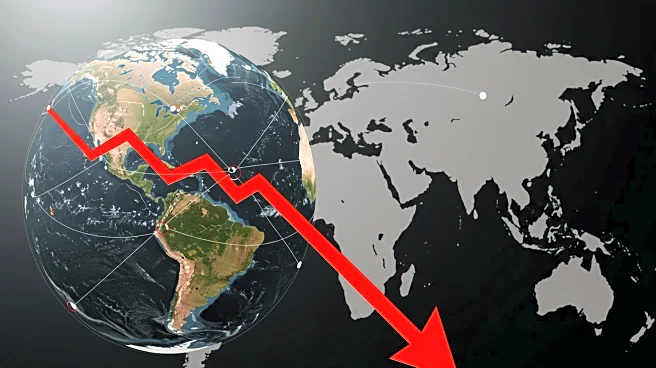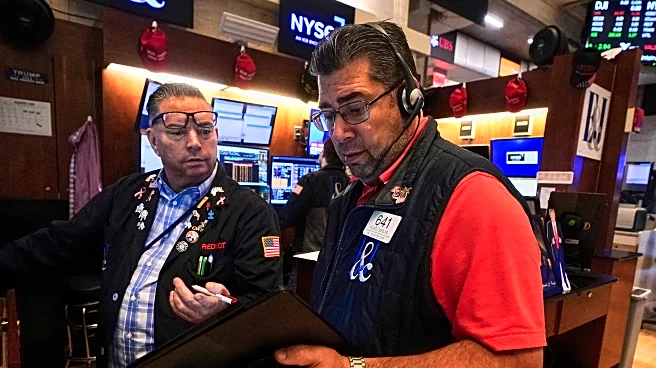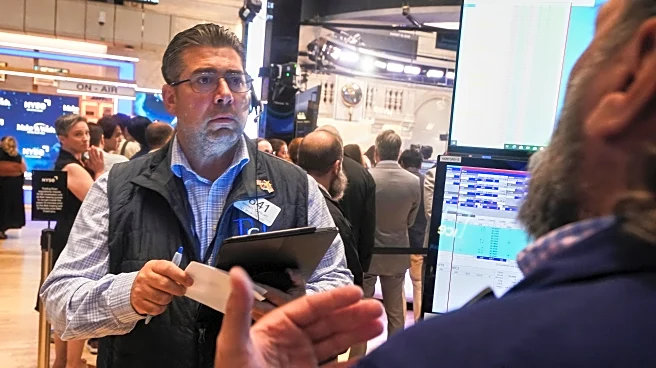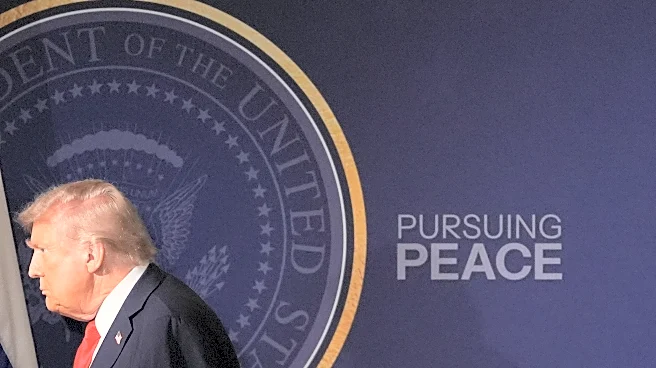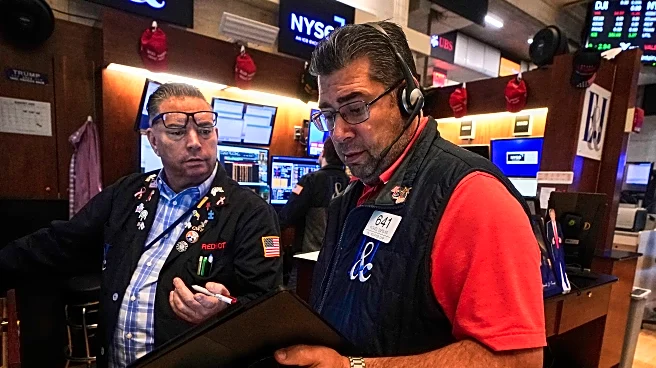Rapid Read • 7 min read
Lesotho is actively seeking new textile buyers in Asia and other regions following the imposition of tariffs by the United States under President Trump. The tariffs have created uncertainty for Lesotho's textile industry, which is a significant part of its economy, employing 12,000 people directly and 40,000 indirectly. Major U.S. buyers of Lesotho's textiles include Walmart, JCPenney, and Levi Strauss. The U.S. recently reduced tariffs to 15%, but Lesotho's Trade Minister Mokhethi Shelile expressed concerns that this reduction is insufficient to maintain competitiveness, as other countries like Eswatini and Kenya face only 10% duties. In response, Lesotho is diversifying its markets, with the Southern African Customs Union, including South Africa, Botswana, Eswatini, and Namibia, becoming a priority. Similarly, South Africa is also seeking new markets due to a 30% tariff on its exports, affecting sectors like automotive manufacturing and agro-processing.
AD
The tariff challenges faced by Lesotho and South Africa highlight the broader impact of U.S. trade policies on global markets. For Lesotho, the textile industry is a crucial economic driver, and the tariffs threaten its stability and employment levels. The search for new markets is essential to mitigate these risks and sustain economic growth. South Africa's situation underscores the vulnerability of export-driven economies to international trade policies. The tariffs could lead to significant economic shifts, affecting industries and potentially leading to job losses. The efforts to diversify markets reflect a strategic move to reduce dependency on the U.S. and ensure economic resilience.
Lesotho and South Africa are likely to continue their efforts to secure alternative markets to offset the impact of U.S. tariffs. This may involve strengthening trade relations within Africa and exploring opportunities in Asia. The governments of both countries may also engage in further negotiations with the U.S. Trade Representative to seek more favorable tariff conditions. The outcome of these efforts will be crucial in determining the future economic stability of both nations and their ability to maintain employment levels in key industries.
AD
More Stories You Might Enjoy
